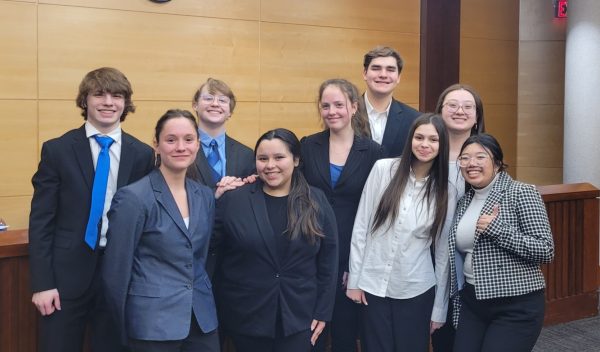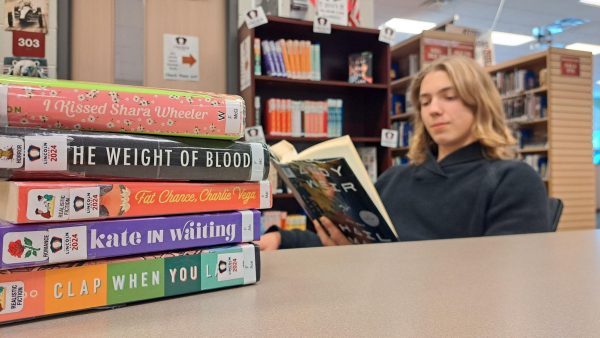Mental Health In A Pandemic
Mental health resources are located at the end of the story.
December 11, 2020
It would be an understatement to say that the year 2020 has put a toll on everyone’s mental health. High school, for those running it, attending it and teaching in it, is hard enough as it is, but combined with a pandemic, people have had to reevaluate their routines and make some adjustments when necessary.
For Social Studies teacher Katie Dickson, somebody who described herself as an already anxious person pre-pandemic, this reevaluation has meant taking up many hobbies to cope with her anxiety such as baking, watching shows like “The West Wing,” “Avatar: The Last Airbender” and “The Legend of Korra,” watching TikToks which is where she gets a lot of her recipes from, regularly meeting with her therapist who she started seeing mid-pandemic, and more.
“I think I didn’t know what my coping strategies were before quarantine started, before the pandemic started. So, I think all of these are kind of new, but they’re all extremely helpful,” said Dickson.
“And one of the things that my therapist and I talk about is like it’s really important to have multiple coping strategies because there are times where, one coping strategy works better than another and vice versa, depending on what the situation is that day,” said Dickson.
Senior Sophia (Solstice) Moncini has Generalized Anxiety Disorder. For her, and many people with the disorder, anxiety can cause both physical and mental side effects.
“Sometimes I wake up, and I feel like there’s a rock on my chest. I wake up, and I’m in like a slump. I don’t exactly know what’s going on. I kind of feel like my heart’s racing–I feel a little bit panicky,” said Moncini.
“I just kind of feel that impending anxiety. It’s kind of like losing your phone but [you’re] feeling it all the time, for no reason; that panic of ‘Oh, where’s my phone?’ ‘Where’s this thing I’m looking for?’ ‘I can’t find it.’ But, [the feeling is] just amplified and kind of in the background of your everyday actions.”
Dickson’s anxiety displays itself in a similar way to Moncini’s.
“I would say that my anxiety is like a weight. I usually feel like there’s a weight on my chest. I feel very tense, and it’s like a chronic weight, a chronic stress. So, I always feel like there’s just a pressure sitting on my chest. And, it might go away for a little bit, but then something new takes its place,” said Dickson.
Dickson’s anxiety predominantly manifests as frequent and unexplained crying and excess worry and concern.
For example, she and her boyfriend were talking, “and I just like burst into tears. Even though there was nothing wrong, nothing was happening. I just was like, ‘I am sad.’ And a lot of it is related to like, an increased level of anxiety from the pandemic, so it’s just permeating every part of my life,” said Dickson.
Anxiety, specifically anxiety and stress over school, has been common this year.
Junior Skye La Rosa is taking five AP classes right now which has been a challenge to do remotely. She talks to her friends from her old school who are also taking several AP classes, and they agree that the pandemic has made their learning more challenging.
“This is the year we should be doing the most work, but it feels so much harder, and we had to put so much more effort to do well because we feel like [in] the remote learning format, we felt like we remember nothing at the end of the day. It’s so hard to retain information. And it kind of makes things harder, and it kind of puts more work on you to make sure you’re studying the material,” said La Rosa.
“We’ve been used to [an] in-class learning format for our entire life and then all of a sudden this year, possibly my hardest year of schooling, before college at least, and it’s like this whole new thing. In terms of getting myself together academically, it’s been pretty hard I would say,” said La Rosa.
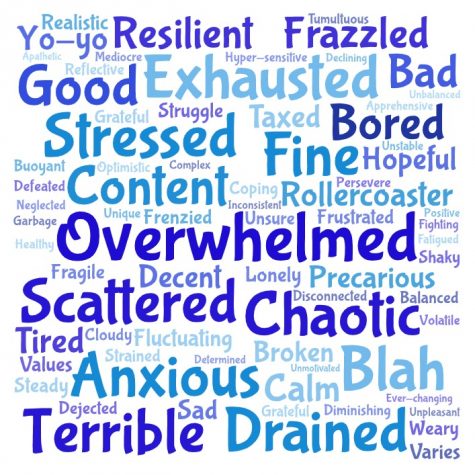
English teacher Dr. Katherine McCleary said that she understands the value of keeping up with her students. She uses a survey designed by another English teacher to ask her students how they are doing in each class.
“I hope that teachers are doing stuff like that. Sometimes I joke, I’m like, ‘I know, I surveyed you so much, sorry.’ I think they appreciate it [because] for the most part they answer…I feel like between the three times I see kids each week, if a kid is answering that survey at least once, hopefully, all three times, but at least once during the course of that whole week, like okay, I’ve gotten a pulse on how they’re doing.”
She said that if one of her students indicates that they have high-stress levels, she checks up with them.
“I’ll send them a quick little cheesy email with like an inspirational quote or something like that. So, it’s like little things, I think that let them know, like, if I ask you, for all you’re doing, I read that. And that’s super important to me,” said McCleary.
The physical education department also understands the value of student feedback.
Juniors and seniors cover a new unit each semester in physical education. This semester was the nutrition unit, so since school started, juniors and seniors have been learning about the importance of a well-balanced diet.
However, on the first day after Thanksgiving break, physical education teachers announced that the nutrition unit would be finished for the semester, and they would be doing the social-emotional learning unit instead.
According to Steven Dodd, the lead wellness teacher, the decision was made to switch from nutrition to social-emotional learning based on student feedback and input from the other 14 wellness teachers.
“We gave quite a few different surveys to our classes, and one of the things that many of our students and many of my colleagues found is that just being in front of the Chromebook, or their laptop, their screens all day was driving them crazy and really affecting their mental health very negatively, and that mental well-being side of things was on a massive decrease,” said Dodd.
“So we reviewed as a department, we had a discussion, and we just sat down and said, ‘Well, you know, what do we actually want?’ ‘What is most important for our students?’” said Dodd.
The 14 wellness teachers unanimously “felt that it’s the mental well-being side of things that should be the focus, right now. We know nutrition is important. We know diet is important, but it wasn’t immediate…we felt just getting people off their butts and getting them out and about and giving them the choice to go exercise, to meditate, to do yoga, to walk their dog, to get on their bike was so much more valuable than studying about carbohydrates, fats, and proteins,” said Dodd.
The freshmen and sophomores were also given time, during PE class, to focus on their social-emotional and mental well-being.
“We did a similar thing with our freshmen and with our sophomore classes, and [with] some of the other modules that we have, we took away some of the theoretical elements of the course and sort of put them on hold as such, and just had a greater focus on mental well-being,” said Dodd.
In early November, students–during their PE class–were assigned to view a Google Slides presentation about the resources North offers in terms of support.
One tool that was introduced was the SCN Virtual Calming Room.
The Virtual Calming Room was created by North social worker Becky McManus. To quote the slides presentation, “in an effort to encourage students to learn and utilize new self-care strategies, the SCN Calming Room is now available.”
Sue Prigge, North social worker, elaborated on the room’s purpose.
“It’s just meant for kids to have a tool that they can use to help reduce some stress. So, there’s a variety of tools on there: some are articles, some are video clips, just to kind of give kids some strategies, if they’re looking for something…The idea of the calming room is that something it’s that kids can utilize for themselves,” said Prigge.

This tool has been made suitable for students of all ages.
“Some of the elementary social workers have modified it for little kids and then middle school [social workers] for middle school age kids and high school. So it’s [a] pretty cool concept,” said Prigge.
However, if students prefer to talk to a person as a coping strategy, there are many people at North available for support.
“I think if you have the ability to talk to a professional, everyone should do that. I wish it were more accessible to more people. But we do have a lot of great resources at St. Charles North, so I highly recommend the social workers and psychs at St. Charles North. They’re all lovely humans,” said Dickson.
Dickson wanted students to remember that their teachers care about them.
“Your teachers get it. Everybody is struggling with something right now…We care so much about all of you, individually, collectively, all of it. We care about you….We want to be a resource for you. We want to know what’s going on,” said Dickson.
“Talk to your teachers about how you’re doing–if you need an extra day…know that there are a lot of really great resources at North virtually, and we want you to be doing okay,” said Dickson.
McCleary echoed this sentiment.
“There have been multiple times when like a student has emailed me or had a one-on-one chat with me it was like, ‘Okay, I’m just really getting behind with this,’ or ‘I just feel kind of lost with that,’ and we figure something out. And I’m very rarely going to be like, ‘well, you still have to turn in every single thing the exact same time as everyone else,’ like, no, you got to adjust.”
“I praised that student. I’m like, ‘thank you, you are doing what successful, not just students, but successful people do in that you’re advocating for what you need. And that’s fantastic.” said McCleary.
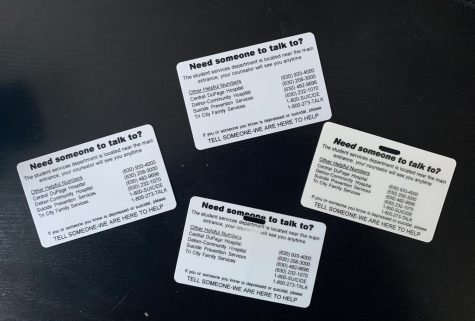
Although to various degrees, everybody is going through a tough time right now.
“It’s such a new and different experience for us that it’s almost like weird to think that you wouldn’t have some low moments because none of us have been through this. We’re all stressed. We’re all kind of nervous and anxious [about] what to do,” said Moncini.
Everybody has a unique way of handling stress.
Dodd runs and meditates. Prigge goes on walks and enjoys nature. La Rosa plays Dungeons and Dragons with friends, draws and plays video games. Moncini talks with her therapist and friends and scrolls through social media. McCleary socializes with her colleagues. And, Dickson reads and knits.
At the end of the day, the best thing a person can do is listen to themself.
“I’ve learned that I can’t push my boundaries. So with schoolwork, if I’m getting too stressed out, or something’s bothering me too much, I have to step away for a minute and kind of reevaluate the situation. I have to look at it and be like, ‘okay, how beneficial is it going to be for me to plow through this right now and kind of get it done? Do I need to take a step away for a minute and kind of just, maybe like aimlessly scroll through social media for a little bit?’ [I] just [need] to take a little bit of a brain break and kind of like evaluate what it is I need to do to bring myself back to like a calmer state,” said Moncini.
“So right now, honestly, you just got to take care of yourself best you can. Because, you know, there is hope. This is gonna go away. It’s not going to be here forever…So grieve when you need to, cry when you need to, but, but still have hope. You have to take care of yourself, whatever that is. If you like to read, if you like to run, if you like to do meditation, whatever it is art, drawing. Do it. Take care of yourself,” said Prigge.
During the pandemic, crying has become a common de-stressor for Dickson and others.
“Crying is not a weakness. It’s a release of emotion and that is a good thing to do,” said Dickson.
Regardless of how staff and students cope, it’s important that they do in fact cope and process in the best way they can. McCleary recommends looking at the bright side and appreciating North’s sense of community.
“I think for honestly, for everybody in our community, be they my student, be they my friend and colleague and stuff, I just, I just love you all, like so much because I think we cannot do this if we don’t rely on each other. And I think people have shown love and compassion and grace to each other in so many different ways, and I think we’ve just got to focus on some of those positives and know that like we can do this and we’re being successful with our current situation. So, it just makes me really proud,” said McCleary.
Helpful resources:
Community Mental Health Resources
District Social-Emotional Support


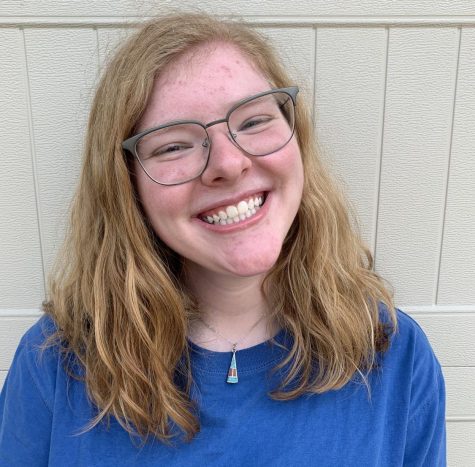
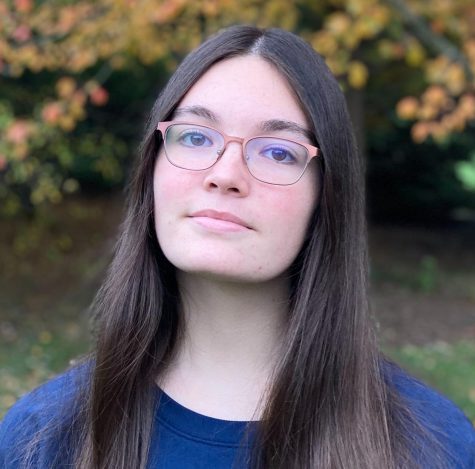
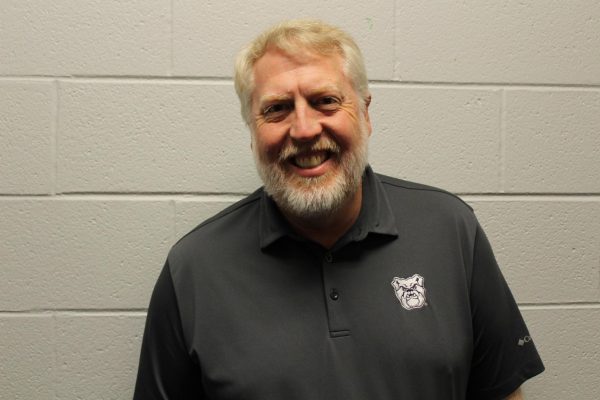
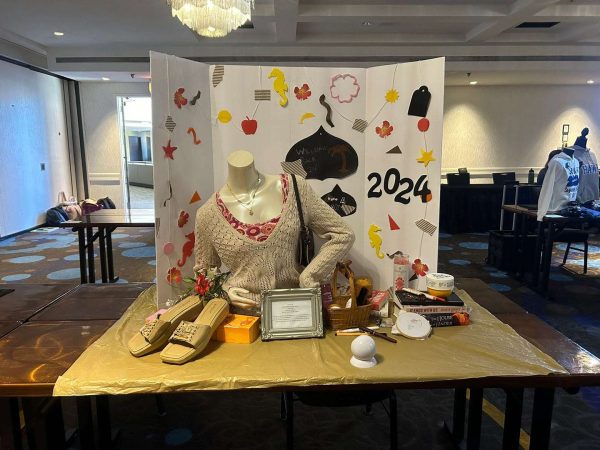
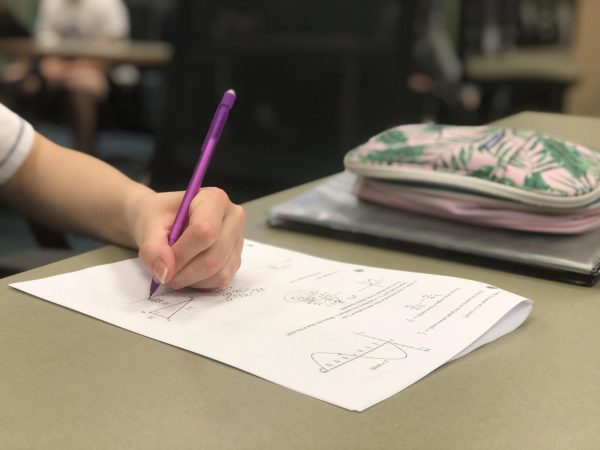
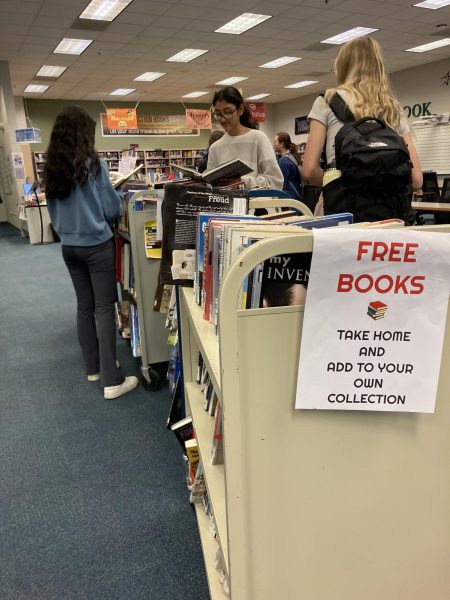
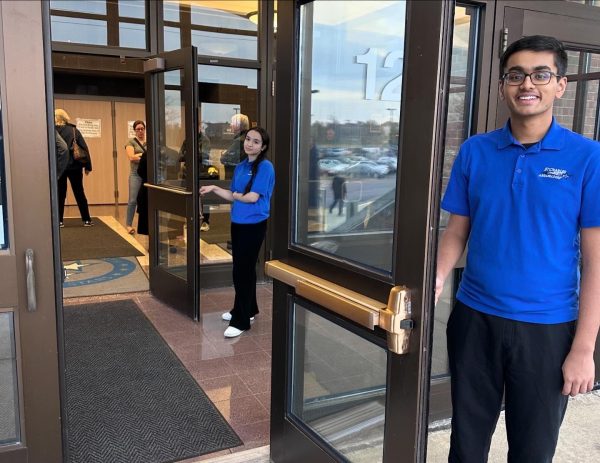
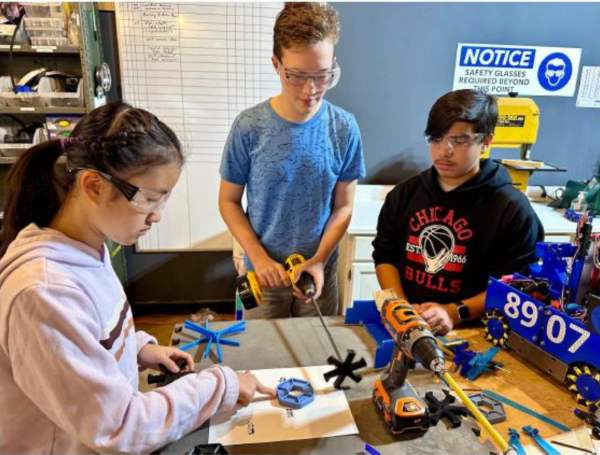
![[SATIRE] John JR Peters to become mall Santa post retirement](https://scnstargazer.org/wp-content/uploads/2024/03/Mall-Santa-Media-Brianna-DeWert-600x399.jpg)
